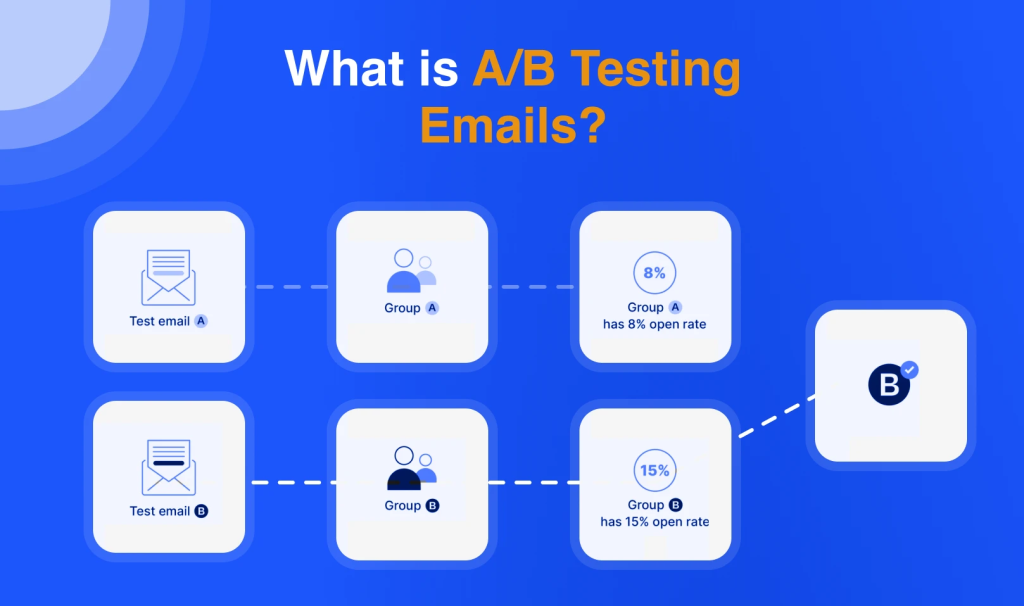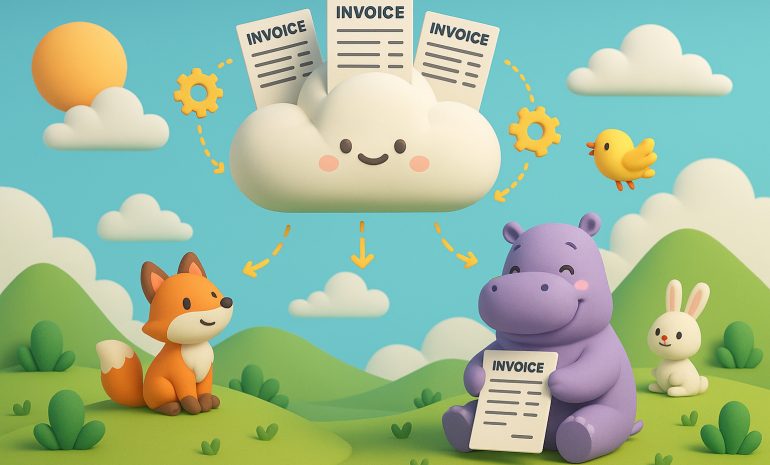Email marketing remains a fundamental channel for WooCommerce store owners looking to maximize customer engagement and revenue. However, crafting emails that truly resonate with your audience and convert well is not a guesswork exercise. This is where A/B testing comes in.
In this article, you will learn what A/B testing is, why it is crucial for WooCommerce emails, how to conduct tests effectively, real-world use cases, affordable tools, and actionable examples that work in 2025.
What Is A/B Testing?
A/B testing, also known as split testing, is a controlled experiment where two variations of an element (such as an email subject line, content, or call-to-action) are compared to determine which one performs better.
For email marketing, this means sending version A (the control) and version B (the variation) to subsets of your email list and measuring which version achieves a better result based on key metrics like open rate, click rate, or conversion rate.
The winning version is then sent to the remaining recipients, optimizing your campaign’s overall effectiveness.
Why A/B Test WooCommerce Emails?
WooCommerce emails are not only transactional messages; they are vital touchpoints for customer retention and sales growth. Examples include order confirmations, shipping notifications, abandoned cart reminders, product review requests, promotional campaigns, and customer win-back sequences.
The benefits of A/B testing WooCommerce emails include:
- Improved open rates by testing subject lines and preview text to find what grabs attention.
- Higher click-through rates through testing CTA buttons, links, and email copy.
- Increased conversions and revenue by discovering the offers and designs that resonate best.
- Better customer retention through optimized win-back and engagement emails.
- Data-driven decisions that reduce guesswork and continuously improve your email marketing ROI.
How to Conduct A/B Tests on WooCommerce Emails

1. Identify What to Test
Focus on one variable at a time to isolate its impact. Common elements to test include:
- Subject line phrasing or length
- Preview text content
- Email body length and style
- Call-to-action wording and design
- Sending time and day
- Discount formats (percentage vs fixed amount)
- Email layout and images
2. Select the Right Tool
WooCommerce app itself doesn’t have native A/B testing for emails, but many third-party tools integrate seamlessly:
| Tool | Price | Key Features |
|---|---|---|
| MailPoet | Free up to 1,000 subscribers | WooCommerce integration, A/B test subject lines |
| Klaviyo | Starting at $20/month | Advanced segmentation, multi-variable testing |
| Omnisend | Free plan available | Email automation, A/B testing for campaigns |
| AutomateWoo | $99/year | Focused on WooCommerce workflows, cart recovery |
| Metorik Engage | From $20/month | WooCommerce analytics plus A/B testing |
Use Cases and Examples of WooCommerce Email A/B Tests

Abandoned Cart Emails
- Test Variable: Subject line
- Version A: “Did you forget something?”
- Version B: “Your cart is waiting — plus 10% off inside”
- Objective: Increase open and recovery rates by offering a clear incentive.
Discount Offer Emails
- Test Variable: Discount type
- Version A: “Save 15% on your next purchase”
- Version B: “Get $10 off when you spend $50”
- Objective: Identify whether percentage or fixed discount drives higher conversions.
Order Confirmation Emails
- Test Variable: Email layout and content
- Version A: Simple text with order details only
- Version B: Includes product images and personalized upsell suggestions
- Objective: Encourage repeat purchases through personalized recommendations.
Send Time Optimization
- Test Variable: Time of day
- Version A: Email sent at 9 AM
- Version B: Email sent at 7 PM
- Objective: Determine when your audience is most responsive.
Key Metrics to Track
When running A/B tests, define your primary goal and monitor relevant metrics:
- Open rate: Percentage of recipients who open the email.
- Click-through rate: Percentage who click links or CTAs.
- Conversion rate: Percentage who complete desired actions (purchase, sign-up).
- Revenue per email: Amount of money generated per email sent.
- Unsubscribe rate: Ensuring your changes don’t alienate your audience.
Best Practices for WooCommerce Email A/B Testing in 2025
- Test one variable at a time to clearly identify what drives change.
- Use statistically significant sample sizes to avoid misleading results.
- Allow sufficient time for tests to collect meaningful data (usually 24-72 hours).
- Segment your audience based on customer behavior or demographics for targeted insights.
- Document results and build a knowledge base to refine your email marketing strategy.
- Combine quantitative data with qualitative feedback when possible for deeper understanding.
Final Thoughts
A/B testing is a powerful, data-driven method to optimize WooCommerce emails and boost your store’s performance. By systematically testing elements like subject lines, CTAs, timing, and discounts, you can increase engagement and sales while reducing guesswork.
In 2025, leveraging affordable, WooCommerce-compatible tools combined with a disciplined testing approach will give your email campaigns a competitive edge and drive continuous improvement.
If you want to explore WooCommerce email marketing tools that support A/B testing, consider starting with free or low-cost options like MailPoet or Omnisend, then scale up to advanced platforms like Klaviyo as your list grows.


